ANOTHER REVIEW OF CRITERION 'DRESSED TO KILL'
"VERY STRANGE ANOMALIES" APPEAR THROUGHOUT, BUT SOME AREAS LOOK FINE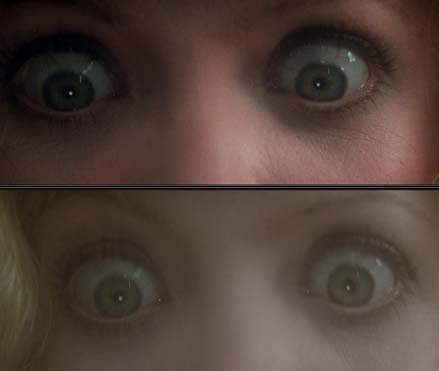
The juxtaposition at left, taken from the
DVD Beaver review of
Dressed To Kill from the other day, shows the Arrow edition at the top, and the new Criterion edition at the bottom. In this particular shot, it appears that the Criterion edition has the correct aspect ratio, while the Arrow version looks as though it may have been stretched horizontally. However, according to a review by
Dr. Svet Atanasov at
Blu-ray.com, the Criterion disc they were sent features "numerous serious framing anomalies," including stretching and the top of the frame being lowered "too much." "Needless to say," states Atanasov, "the overwhelming majority of the film looks very awkwardly framed. There are no problematic degraining or sharpening adjustments. Colors are stable and healthy, never appearing artificially boosted. There are no large debris, cuts, damage marks, or torn frames, but I noticed a few tiny flecks. Finally, overall image stability is outstanding."
Meanwhile, on the
site's forum, Blu-ray reviewer
pro-bassoonist posted yesterday morning:
1. There are some very strange anomalies on the upcoming release of Dressed to Kill, but at the moment I don't know if Mr. De Palma is aware of them. 2. The anomalies appear throughout the entire film, and some are very distracting. The credits confirm that at least three different parties were involved with the restoration, so I am unsure how they could have been missed. However, there are also areas of the film that look fine.
3. Color scheme -- I saw that there are some claims that the film is "tealed", etc. This isn't true. Criterion's Lee Kline is responsible for the color grading and he is someone that understands extremely well what he is doing.
4. Lastly, I don't know if there is some sort of mastering/encoding defect -- something that caused the stretching externally. However, I don't like to speculate, so when/if there is some new factual information I will update the review/community.
And then last night, pro-bassoonist posted the following on the forum:
Hey guys, Criterion are aware of the issue. As usual, when there is enough helpful information, there will be a response.
The information will be made available here.
In the meantime, could we please drop the overreactions and move on? Thanks.
Pro-B
Atanasov's review includes the following text from the leaflet provided with the Criterion release:
"The version of the film included here is director Brian De Palma's original and preferred unrated cut. Supervised by De Palma, this new digital transfer was created in 4K resolution on a Scanity film scanner from the 35mm original camera negative; a 35mm interpositive was also used for additional footage for this cut. Benjamin Sutor at Sony Colorworks in Culver City, California, supervised the conform of unrated content to the original R-rated theatrical version to correctly assemble this master. Thousands of instances of dirt, debris, scratches, splices, and warps were manually removed using MTI's DRS, while Digital Vision's Phoenix was used for small dirt, grain, noise management, jitter, and flicker. The original monaural soundtrack was remastered at 24-bit from the 35mm magnetic tracks. Clicks, thumps, hiss, hum, and crackle were manually removed using Pro Tools HD, AudioCube's integrated workstation, and iZotope RX 4.
Transfer supervisor: Brian De Palma. Colorist: Lee Kline/Criterion, New York."
Atanasov's review also provides details about the special features included in Criterion's edition. Here are Atanasov's reviews of the new extras produced for this release:
Interviews -
1. Brian De Palma - in this brand new video interview, director Brian De Palma discusses with filmmaker Noah Baumbach the evolution of his style, Dressed to Kill and the structure of its narrative, the use of specific sounds in different sequences, Pino Donaggio's score and how the anxiety and paranoia in the film are linked to it, Michael Caine's performance, the film's controversial reception, Alfred Hitchock's influence on his work, etc. The interview was conducted exclusively for Criterion in 2015. In English, not subtitled. (20 min, 1080p).
2. Nancy Allen - in this brand new video interview, Nancy Allen explains how she was approached to play the character of Liz Blake and how she prepared for the role, and discusses her interactions with costume designer Ann Roth, her work with Keith Gordon and Michael Caine (with some great comments about the seduction sequence), etc. The interview was conducted exclusively for Criterion in 2015. In English, not subtitled. (17 min, 1080p).
3. George Litto - in this new video interview, producer George Litto discusses his collaborations with Brian De Palma on Obsession, Dressed to Kill, and Blow Out. The interview was conducted exclusively for Criterion in 2015. In English, not subtitled. (17 min, 1080p).
4. Pino Donaggio - in this new video interview, composer Pino Donaggio discusses the score he created for Dressed to Kill as well as his long professional relationship with Brian De Palma. The two began working together in 1976, after Brian De Palma heard the score for Don't Look Now, and their first project was the horror thriller Carrie. The interview was conducted exclusively for Criterion in 2015. In Italian, with optional English subtitles. (16 min, 1080p).
5. Victoria Lynn Johnson - in this new video interview, former model and 1978 Penthouse Pet of the Year Victoria Lynn Johnson explains how she was approached to do the erotic shower scene in the very beginning of Dressed to Kill. (She was Angie Dickinson's body double). The interview was conducted exclusively for Criterion in 2015. In Italian, with optional English subtitles. (9 min, 1080p).
6. Stephen Sayadian - in this new video interview, Stephen Sayadian, the photographic art director for the original Dressed to Kill one-sheet poster, describes how the original design was created and discusses the importance of poster-driven promotion at the time. The interview was conducted exclusively for Criterion in 2015. In Italian, with optional English subtitles. (11 min, 1080p).
Defying Categories: Ralf Bode - in this new featurette, filmmaker Michael Apted (Gorky Park, Blink) and experimental video artist Peer Bode (We Can't Go Home Again) discuss the legacy and working methods of the late cinematographer Ralf Bode, who lensed Dressed to Kill. The featurette was produced exclusively for Criterion in 2015. In English, not subtitled. (11 min, 1080p).
 Late this afternoon, Criterion posted an updated announcement regarding image distortion in its upcoming Dressed To Kill release:
Late this afternoon, Criterion posted an updated announcement regarding image distortion in its upcoming Dressed To Kill release:



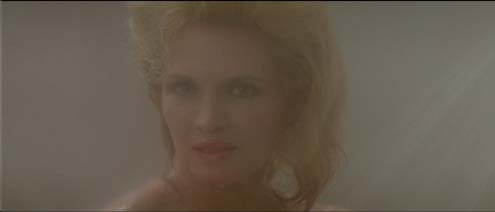

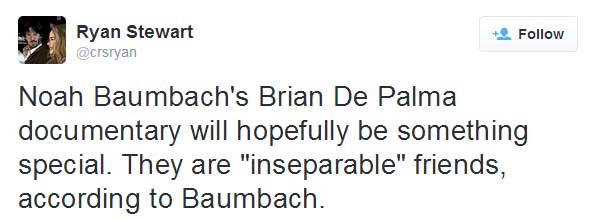
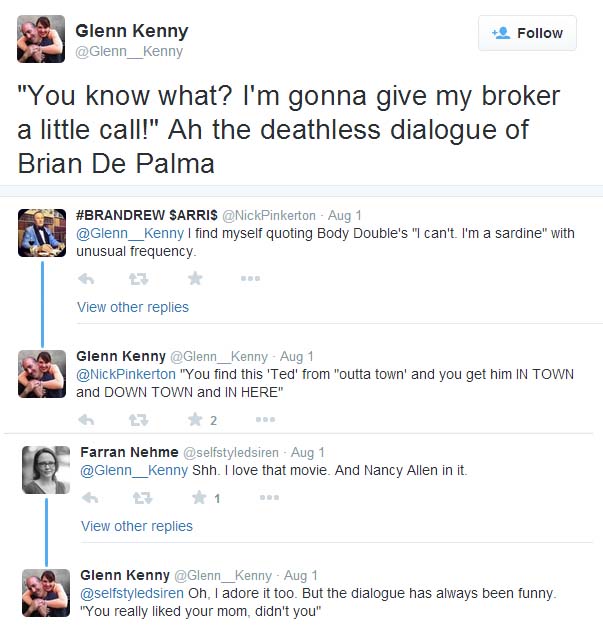

 The juxtaposition at left, taken from the
The juxtaposition at left, taken from the 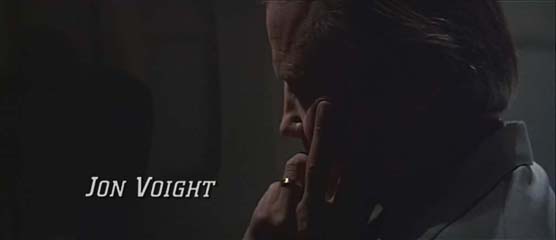
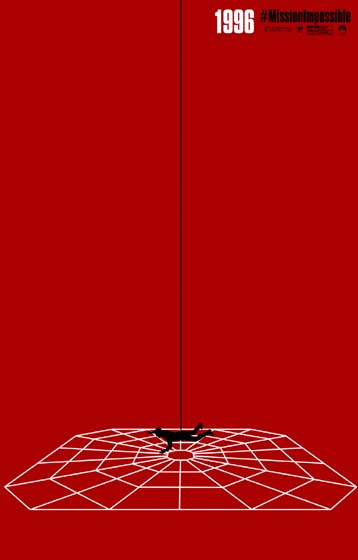 Thanks to Rado for sending along the poster at left, which is
Thanks to Rado for sending along the poster at left, which is